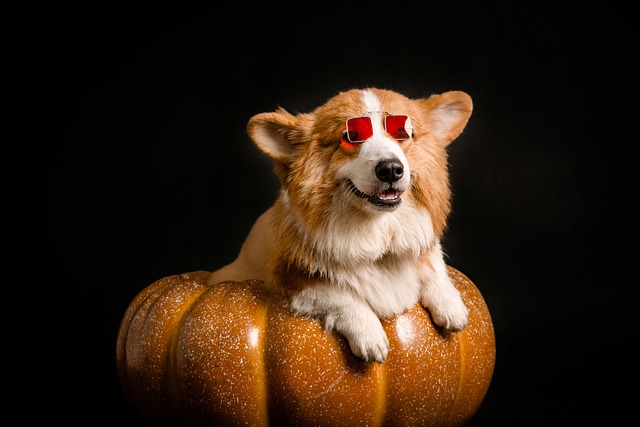
What can I give my dog for Tracheobronchitis?
When hearing a dog coughing violently, with a heavy and rapid breathing sound, and seeing its once lively figure becoming listless, the owner's heart tightens with worry.
When we are about to go out and see the dog looking at us eagerly, its eyes full of unease and reluctance, and even exhibiting behaviors such as barking, chewing things randomly, and defecating and urinating everywhere after we leave, a pang of sadness always wells up in our hearts. A dog's separation anxiety is an extreme manifestation of its deep dependence on the owner. Every episode of anxiety is like a distress signal it sends out in loneliness. Understanding the root cause of a dog's separation anxiety and helping it overcome it in a scientific and loving way is an unshirkable responsibility for us as owners. This not only concerns the dog's mental health but also maintains the deep emotional bond between us and them.
From the perspectives of professional animal ethology and psychology, a dog's separation anxiety stems from its nature as a social animal. During the long process of evolution, dogs have developed the habit of relying closely on group members and regard the owner as an important member of their "group". When the owner leaves, they will instinctively feel uneasy and worry about being abandoned. This fear and anxiety are particularly evident in some dogs with delicate emotions and strong dependence. In addition, sudden changes in the living environment, such as moving house, changing owners, or the addition of new members to the family, may also disrupt the dog's originally familiar rhythm of life and sense of security, triggering separation anxiety. There are also some dogs that, during the growth process, lack the cultivation of appropriate independence and are overly dependent on the owner's company. Once separated from the owner, they will fall into anxiety and panic.
In the face of a dog's separation anxiety, we need to adopt a series of scientific and effective solutions to gradually help them build a sense of security and independence. Firstly, we should cultivate the dog's independence from an early age. When the dog is a puppy, we should consciously let it get used to being alone for short periods. We can start by leaving for a few minutes and gradually extend the time. For example, leave the room for a few minutes first and observe the dog's reaction. If it behaves quietly, give it a reward; then gradually increase the time to more than ten minutes or half an hour. During this process, provide the dog with some interesting toys, such as treat-dispensing toys and puzzle toys, so that it has something to do when the owner is away, distracting its attention and reducing the sense of anxiety. This kind of training from an early age is like laying a solid foundation for the dog's psychological endurance, allowing it to gradually learn to stay calm even without the owner's company.
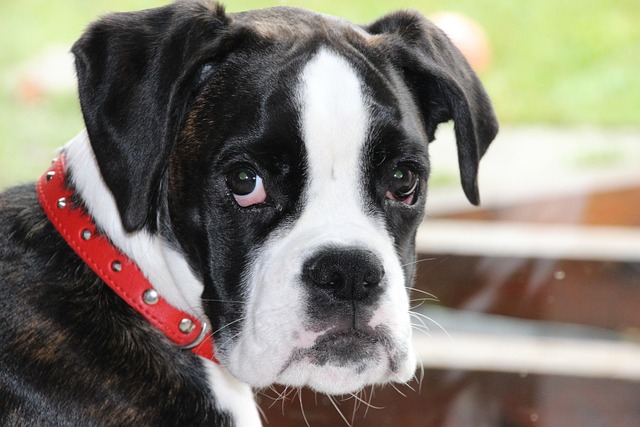
Secondly, changing the dog's perception of the owner's departure and return is also crucial. Most of the time, the dog's anxiety stems from its excessive sensitivity to the process of the owner's departure and return. When leaving home, the owner should not show too much reluctance and anxiety, so as not to pass on this emotion to the dog; nor should they have a long farewell with the dog. Just say "goodbye" simply and leave calmly. Similarly, when coming home, do not immediately hug and soothe the dog warmly. First, stay calm and interact with the dog after its emotions have stabilized. In this way, let the dog understand that the owner's departure and return are normal daily activities and there is no need to be overly nervous and anxious. This is like telling the dog that the gatherings and separations in life are normal and there is no need to feel uneasy about them.
Creating a comfortable and safe environment for the dog to be alone can also effectively relieve separation anxiety. We can prepare a dedicated and comfortable space for the dog, such as a dog house or a fenced area, and place a soft mat, its favorite toys, and clothes with the owner's smell inside. These items can make the dog feel familiar and safe when the owner is away, just as if the owner is by its side. At the same time, keep this space quiet and warm, and avoid excessive external interference and stimulation. If the dog behaves well when alone, the owner should give rewards and praise in a timely manner to reinforce its good behavior.
In addition, increasing the dog's exercise amount and mental stimulation is also an important way to relieve separation anxiety. Ensure that the dog has enough exercise time every day, such as walking, playing, and training, to consume its excessive energy and enable it to rest quietly when the owner is away. At the same time, provide rich mental stimulation, such as using sniffing mats and conducting obedience training, to keep the dog's brain active and reduce the generation of anxious emotions. For example, hide snacks in the sniffing mat and let the dog find the food through sniffing. This can not only exercise its sense of smell but also consume a lot of energy, so that it does not have extra energy to be anxious when the owner is away.
For dogs with relatively severe separation anxiety, professional behavioral training and drug treatment may be required. Professional dog trainers or animal behavior experts can formulate personalized training programs according to the specific situation of the dog and help the dog change its bad behaviors and anxious emotions through systematic training. In necessary cases, a veterinarian may also prescribe some anti-anxiety drugs to help the dog relieve the anxiety symptoms, but the drug treatment must be carried out under the strict guidance of a veterinarian to ensure safety and effectiveness.
Solving a dog's separation anxiety is a "protracted war" that requires patience and time. Every progress of the dog, even if it is just being alone quietly for a few minutes, is the result of our efforts; every gentle guidance and every careful care carry our deep love for the dog. We use professional methods to dispel the fear in their hearts and give them a sense of security with warm company. We hope that every dog troubled by separation anxiety can, with the help of the owner, get out of the haze of anxiety, regain peace and happiness, and continue to spend every wonderful moment with us hand in hand.

When hearing a dog coughing violently, with a heavy and rapid breathing sound, and seeing its once lively figure becoming listless, the owner's heart tightens with worry.
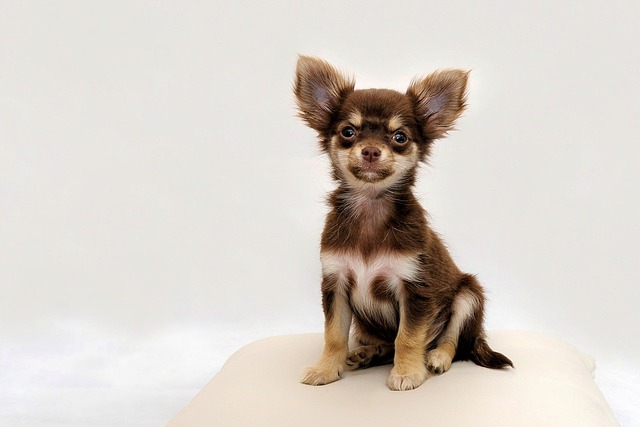
When we notice that dogs frequently scratch their ears, shake their heads, and even emit unpleasant odors, our hearts are filled with worry.
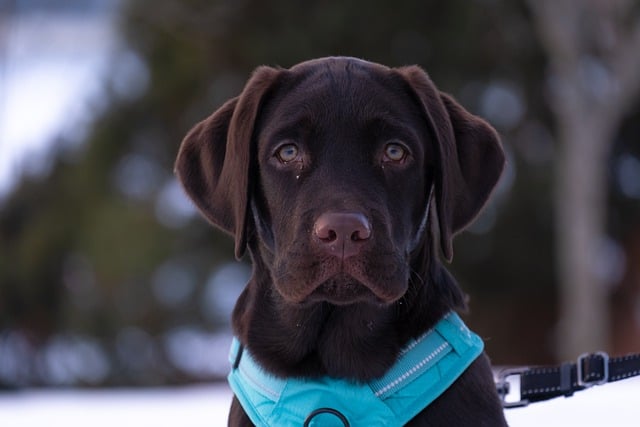
Dog paw dermatitis, a seemingly insignificant disease that causes countless furry children unbearable pain, concerns every shit shoveling owner.
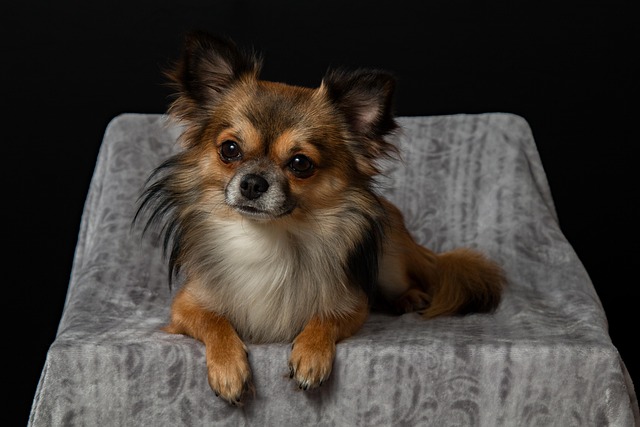
Watching the dog frequently making the defecation posture but failing to defecate smoothly, restlessly circling on the ground,
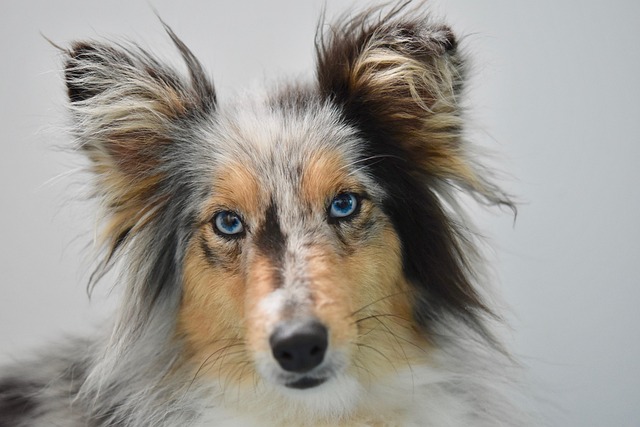
When we find that the dog frequently makes the defecation posture but fails every time, and it anxiously circles in place,
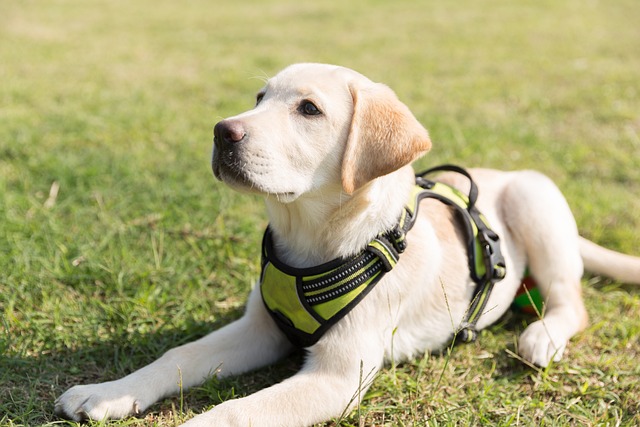
When you notice that your usually lively and bright-eyed dog's eyes start to turn red, shed tears frequently, and even squint and resist your touch, your heart will clench with worry. This might mean that the dog has keratitis.